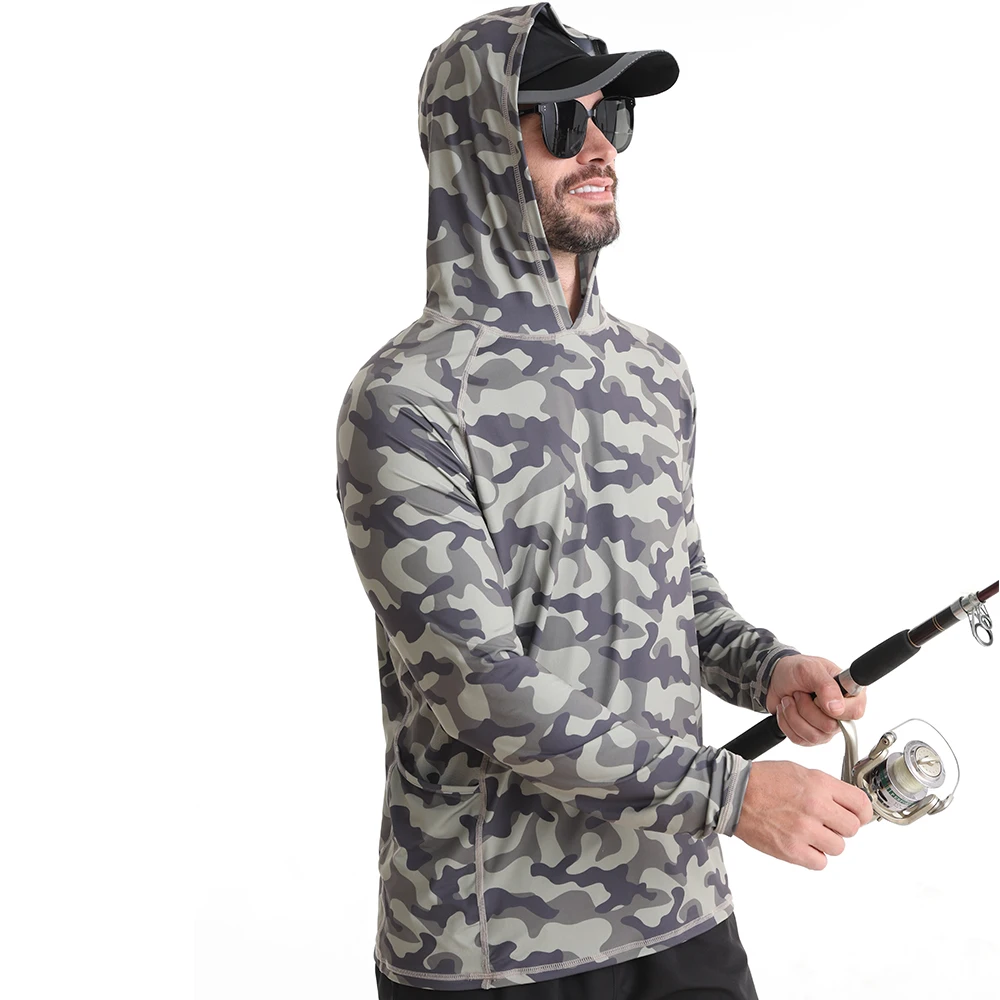about
PRODUCTS
How to use a rashguard in swimming, surfing, and diving, and why wear one
Why Wear a Rashguard? The Multifaceted Benefits
The primary reason many athletes opt for a rashguard is sun protection. Prolonged exposure to the sun's harmful ultraviolet (UV) rays can lead to sunburn, premature aging, and even skin cancer. A rashguard provides a physical barrier against these rays, significantly reducing your risk of sun damage. The UPF (Ultraviolet Protection Factor) rating on a rashguard indicates its level of sun protection; look for a high UPF rating (ideally 50+ or higher) for optimal protection.
Beyond sun protection, rashguards offer crucial protection against chafing. The repetitive friction from swimming, surfing, or diving can irritate the skin, causing painful rashes and blisters. The smooth, often seamless construction of a rashguard minimizes this friction, ensuring a comfortable experience even during prolonged activity.
Moreover, rashguards can enhance performance in the water. The compression provided by the tight-fitting material can improve blood circulation, aiding in muscle recovery and reducing fatigue. Some rashguards are also designed with hydrodynamic properties, minimizing water resistance and improving swimming efficiency.
Finally, in colder water temperatures, rashguards provide an added layer of warmth, keeping your core temperature regulated and preventing hypothermia. This is particularly important for surfers and divers who spend extended periods in the water.
Using a Rashguard for Swimming
For swimmers, a rashguard offers a multitude of benefits. It provides UV protection from the sun during outdoor swims, particularly beneficial for long-distance training or open-water swims. The compression can enhance your body position in the water, promoting better streamlining and reducing drag. This leads to more efficient swimming and potentially faster times. The quick-drying fabric helps keep you comfortable even after getting out of the water.
When using a rashguard for swimming, ensure it's snug but not restrictive. A tight fit helps to maintain its hydrodynamic properties. Choose a rashguard made from a chlorine-resistant fabric to prolong its lifespan if you frequently swim in chlorinated pools. Remember to rinse your rashguard thoroughly with fresh water after each swim to remove chlorine or salt water, preventing damage to the fabric.
Using a Rashguard for Surfing
Surfers frequently encounter harsh conditions, making a rashguard an essential piece of equipment. The sun's intensity while out on the ocean is often amplified by the reflection off the water's surface. A rashguard offers vital protection against sunburn, preventing painful burns and long-term skin damage. The fabric's abrasion resistance protects your skin from the chafing of the surfboard and the constant contact with water.
In addition to protection, rashguards can provide warmth in colder water temperatures. This is especially crucial during early morning or late evening surf sessions, or in colder climates. A rashguard worn under a wetsuit provides an extra layer of insulation, keeping you comfortable and allowing you to surf for longer periods. The compression offered by the rashguard can also help improve blood flow to muscles, aiding in quicker recovery after a surf session.
Using a Rashguard for Diving
For divers, a rashguard offers protection against sunburn and jellyfish stings. Many rashguards are made from thick enough material to provide a barrier against minor stings and abrasions. The long sleeves and legs protect exposed skin from the sun's rays, especially important during extended dives or in shallow, sunlit waters.
In colder waters, a rashguard worn under a wetsuit provides an extra layer of insulation, helping to maintain core body temperature and extend dive times. The quick-drying properties of the rashguard are also beneficial after a dive, ensuring a more comfortable experience when changing out of your wetsuit. The fit of a rashguard is important for diving as well. It should be snug to minimize bunching under a wetsuit, preventing discomfort and potential restriction of movement.
Choosing and Caring for Your Rashguard
When selecting a rashguard, consider the activity you’ll be using it for. Look for a high UPF rating for optimal sun protection. Choose a fabric that is comfortable, durable, and quick-drying. Consider the fit – it should be snug but not overly tight to prevent restriction of movement. Regularly rinse your rashguard with fresh water after use and allow it to air dry away from direct sunlight. Avoid using harsh detergents or bleach, which can damage the fabric.
With proper care and selection, your rashguard will provide years of reliable protection and comfort, enhancing your enjoyment and performance in swimming, surfing, and diving.
SUBSCRIBE
INQUIRY





